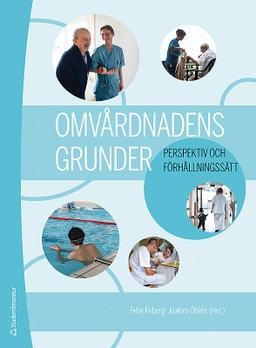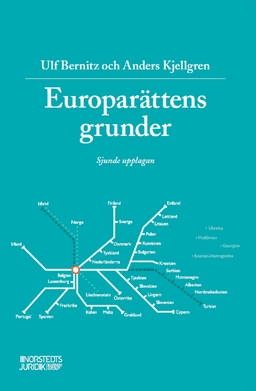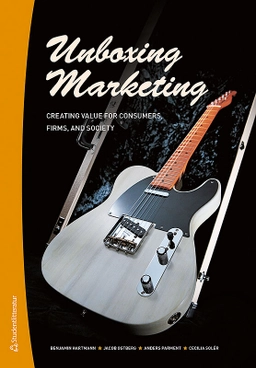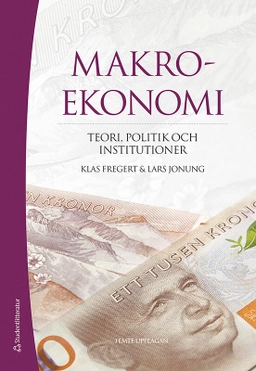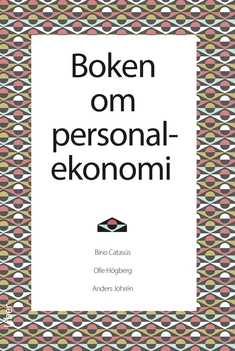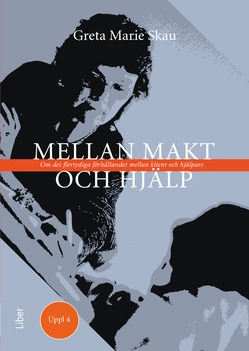1. Introduction to Plastics.
Definitions of Plastics and Polymers.
History of Plastics.
Raw Material Supply and Pricing.
Strategic Materials.
Plastics Industry.
Uses of Plastics in Modern Society.
Case Study 1.1–The Development of Nylon.
2. Polymeric Materials (Molecular Viewpoint).
Introduction.
Fundamentals of Matter.
Bonding.
Basic Concepts in Organic Chemistry.
Polymers.
Formation of Polymers.
Thermoplastics and Thermosets.
Copolymers.
Case Study 2.1–Modifications to Improve Teflon® Processing.
3. Micro Structures in Polymers.
Introduction.
Amorphous and Crystalline.
Solids, Liquids, and Gases.
Thermal Transitions of Polymers.
Effects of Thermal Changes on Polymers.
Polymer Length.
Molecular Weight.
Melt Index.
Shape (Steric) Effects.
Case Study 3.1–Mechanical Properties of Polyethylene (PE) as Functions of Density and Melt Index.
4. Mechanical Properties (Macro Viewpoint).
Introduction.
Mechanical Properties in Solids (Elastic Behavior).
Mechanical Properties in Liquids (Viscous Flow).
Viscoelastic Materials.
Plastic (High-Strain) Stress-Strain Behavior.
Creep.
Toughness and Impact Strength.
Reinforcements.
Fillers.
Toughness Modifiers.
Case Study 4.1–Testing of Trash Containers to Predict In-use Performance.
5. Chemical and Physical Properties (Macro Viewpoint).
Introduction.
Environmental Resistance and Weathering.
Chemical Resistivity and Solubility.
Permeability.
Electrical Properties.
Optical Properties.
Flammability.
Plastics Identification.
Case Study 5.1–Using Carbon Black to Protect Polyethylene from UV Degradation.
6. Designing with Plastics.
Design Methodology.
Layout/Drawing.
Constraints.
Material Choice.
Prototyping.
Case Study 6.1–Design of Plastic Stakes for Concrete Tilt-up Walls.
7. Thermoplastic Materials (Commodity Plastics).
Introduction.
Polyethylene (PE).
Polyethylene Copolymers.
Polypropylene (PP).
Polyvinyl Chloride (PVC).
Polystyrene (PS).
Alloys and Blends.
Case Study 7.1–Typical PVC Formulation.
8. Thermoplastic Materials (Engineering Plastics).
Introduction.
Polyamides or Nylons (PA).
Acetals or Polyoxymethylenes (POM).
Thermoplastic Polyesters (PET/PBT).
Polycarbonate (PC).
Acrylics (PAN, PMMA).
Fluoropolymers (PTFE, FEP, PFA).
High-Performance Thermoplastics.
Cellulosics.
Case Study 8.1–Making Nonstick Electrosurgical Blades.
9. Thermoset Materials.
Introduction.
Crosslinking.
Thermoset Types, General Properties, and Uses.
Phenolics (PF).
Amino Plastics (UF and MF).
Polyester Thermosets (TS) or Unsaturated Polyesters (UP).
Epoxies (EP).
Thermoset Polimides.
Polyurethanes (PUR).
Case Study 9.1–Thermoset Composites for Wrapping Utility Poles.
10. Elastomeric (Rubber) Materials.
Introduction.
Aliphatic Thermoset Elastomers.
Thermoplastic Elastomers (EPM and EPDM).
Fluoroelastomers.
Silicones.
Processing of Elastomers.
Case Study 10.1–Elastomeric Lining for a Pump.
11. Extrusion Process.
Introduction.
Equipment.
Normal Operation and Control of the Process.
Extrusion Problems and Troubleshooting.
Material and Product Considerations.
Postextrusion Forming.
Coextrusion.
Case Study 11.1–Extrusion of Irrigation Tubing.
12. Injection Molding Process.
Introduction.
Equipment.
Material and Product Considerations.
Operations and Control.
Special Injection Molding Processes.
Modeling and Computer-aided Mold-flow Analysis.
Case Study 12.1–Estimating the Cost of an Injection Molded Pocket Knife.
Case Study 12.2–Mold Costs and Selection.
13. Blow Molding.
Introduction.
Molds and Dies.
Plant Concepts.
Product Considerations.
Operation and Control.
Case Study 13.1–Making Soda Pop Bottles.
14. Thermoforming Process.
Introduction.
Forming Processes.
Equipment.
Product Considerations.
Operation and Control.
Case Study 14.1–Continuous Thermoforming.
15. Rotational Molding Process.
Introduction.
Equipment.
Product Considerations.
Operation and Control of the Process.
Case Study 15.1–Trash Cart Manufacturing.
16. Casting Processes.
Introduction.
Casting Processes.
Equipment.
Product Considerations.
Operation and Control of the Casting Process.
Case Study 16.1–Casting a Polyester Thermoset Part in a Silicone Mold.
17. Foaming Processes.
Introduction.
Processes to Create Foams in Resins.
Processes to Shape and Solidify Foams.
Rebond.
Product Considerations.
Control and Operation.
Case Study 17.1–Foam Insulation.
18. Compression Molding, Transfer Molding and Related Processes.
Compression Molding.
Transfer Molding.
Product Considerations.
Control and Operation.
Reaction Injection Molding (RIM).
Cold Forming, Sintering, and Ram Extrusion.
Case Study 18.1–Manufacture of Automobile Body Panels.
19. Polymeric Composite Materials and Processes.
Introduction.
Matrix Materials.
Reinforcements.
Manufacturing Methods for Composite Parts.
Plant Concepts.
Case Study 19.1–Filament Winding of the Beech Starship Airplane Fuselage.
20. Radiation Processes.
Introduction.
Equipment and Process.
Properties, Materials, and Applications.
Plasma Polymerization and Reactions.
Case Study 20.1–Making Shrink-Tubing Using Electron Beam Crosslinking.
21. Finishing, Adhesion, and Assembly.
Introduction.
Runner System Trimming and Flash Removal.
Machining.
Nontraditional Machining.
Shaping (Postmold Forming).
Mechanical Joining and Assembly.
Adhesive Bonding.
22. Operations and Management.
Introduction.
Safety and Cleanliness.
Plastic Resin Handling, Conveying, and Drying.
Plant Layout.
Quality Assurance.
Case Study 22.1–Establishing QC for a PET Bottle Plant.
23. Environmental Aspects of Plastics.
Introduction.
Source Reduction.
Recycling of Plastics.
Regeneration.
Degradation.
Landfills.
Incineration.
Total Product Life Cycle.
Future.
Case Study 23.1–Recycling Solid Wastes.
Appendix 1. Typical Properties of Some Engineering Materials.
Appendix 2. Cost Estimating Form for Injection Molding.
Appendix 3. Plastics Design/Selection Matrix.
Appendix 4. Plastics Identification Chart.
Appendix 5. Process Procedures–Startup, Steady-state, and Shutdown.
Appendix 6. Plastic Machining Guidelines.
Appendix 7. Sample MSDS Form.
Appendix 8. Glossary (Combined for all Chapters).
Åtkomstkoder och digitalt tilläggsmaterial garanteras inte med begagnade böcker



